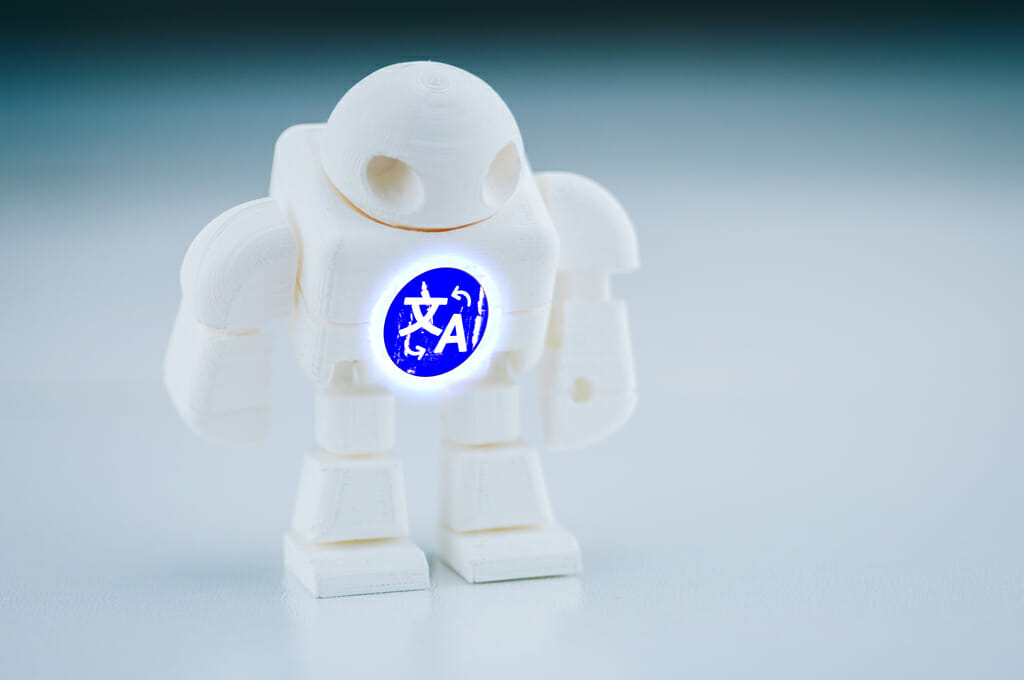Machine translation post-editing has become one of the cornerstones of the translation industry in the last few years. But what exactly is machine translation post-editing (MTPE), and is it good for your business?
MTPE is a translation process in which a machine translation output is post-edited by a human translator. The idea is to significantly reduce the translation cost by using machine translation and then polishing the translation by a professional translator.
MTPE has many advantages and can help your business in several ways:
Reduction of translation costs
MTPE can significantly reduce your translation costs, as the machine does most of the work, and the human translator only needs to edit and finalize the text.
Faster turnaround times
As the machine does its work in no time, the translation process is much faster, which can be crucial for your business.
Improved machine translation output
Posting the machine translation output can help the machine learn and enhance its translations for future projects.
What type of content is ideal for MTPE?
MTPE can be used for various types of content, but it is particularly well-suited for content that is not too complex or technical. For example, MTPE can be a good solution for general website content, where the style may be more important than the exact consistency between language versions. Simple online help articles can be another excellent example of a use case for MTPE.
Generally, critical content that must be 100% accurate should not follow the MTPE process. Some examples of such content include legal documents, patents and medical texts.
Another use case where we advise against using MTPE is the top-level marketing content, where the project is more about transcreation than translation. For such cases, a human-only project is the best approach.
Furthermore, consider that machine translation engines generate translation at various quality levels. Factors like a language combination or training the machine translation engine with your previously translated content or multilingual terminology can impact the quality tremendously.
What is our advice in the context of MTPE?
Focus on the quality of the machine-translated output
- Train the MT engine with your previously translated material and use it in combination with a translation memory which stores human translations.
- Train the MT engine with the multilingual terminology prepared explicitly for your business.
- Use the MTPE process only for language combinations well translated by modern MT engines.
Automate the translation process
- A translator should be automatically assigned to a post-editing task. Avoid using email and attachments as a way to manage translations!
- A corrected translation should be automatically sent to translation memory and be re-used in future projects.
- Periodically, the machine translation engine should be automatically trained with the new material from the translation memory.
Remember: the more advanced the machine translation system you use, the less effort a translator must put into correcting translations.

